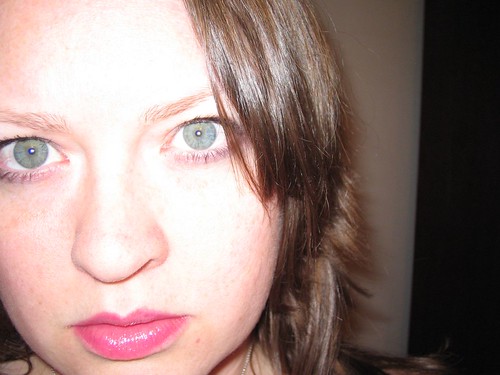 The It Chicks (Tia Williams, 2007)
The It Chicks (Tia Williams, 2007)Wow, this is an engrossing story. The title is a little misleading because the story focuses on more than just the "It Chicks," including other people in their orbit. In fact, I'd argue that Tangie, the central character, is less concerned with being one of the popular girls than she is with dancing. That's pretty refreshing.
The story begins with Tangie's first day at Armstrong, a selective performing arts high school in Manhatten, where she is going to major in dance. There's a lot jam-packed into the book, which just covers the first week of school. Tangie's best friend, Skye, got into the school a year before Tangie, and is one of the cool girls. Izzie, another new girl Tangie befriends, is kind of an outsider who the It Chicks find threatening. Tangie is a strong character who stands up for her unique new friend when other girls make fun of her. She also realizes that Skye is really self-involved and not a good friend, but doesn't abandon her. This character is such a nice change from the girls I've been reading about in young adult novels. She makes mistakes and has some insecuries, but is a smart, confident, good person.
The kids in the story are mostly African American, mostly well-off, and all quite talented. The rich kids in private school trope is nothing new, but I liked the change from the blonde barbies and slackers that seem to dominate this kind of story. There's plenty of the standard drugs, drinking, and sex stuff here, but it happens in a way that seems organic to the kids and their varying personalities. Even the peripheral characters seemed real. I was expecting the usual stereotypical competitive meanness and vapid teenspeak I'm used to, but I was pleasantly surprised. The only thing that bothered me is that the book just ended right as everything fell apart. I'm praying for a sequel.
As a bonus, I'll point you to Tia Williams's
awesome blog. In addition to authoring books, Williams is Beauty Director at
TeenPeople and has written for lots of other magazines, including
Lucky. That must be why her name is so familiar to me. Also? She has wicked style and contributes to
Glam.com.





















































